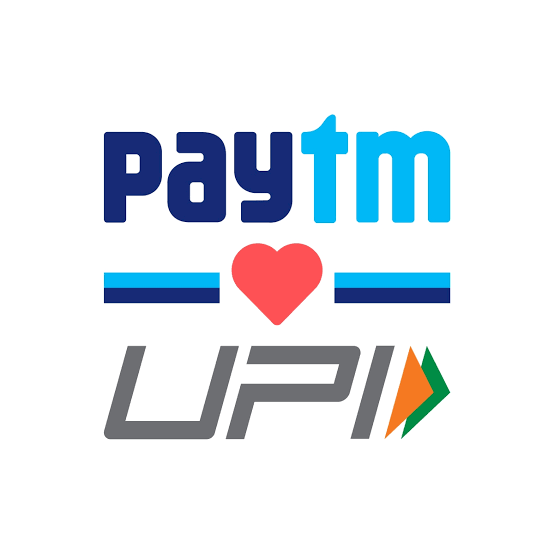
In the evolving landscape of India’s digital payment sector, Paytm, facing the Reserve Bank of India’s (RBI) directive to wind down its banking unit by March 15, is exploring strategic partnerships with major banks for Unified Payments Interface (UPI) transactions. Sources indicate that Paytm is in talks with Axis Bank, HDFC Bank, State Bank of India (SBI), and Yes Bank to facilitate seamless UPI transactions, which could serve as a crucial lifeline for the popular payment app.
The RBI’s recent move prompted Paytm to request the National Payments Corporation of India (NPCI) to consider its application to become a third-party application provider. This entails collaborating with four to five banks as service providers. The ongoing discussions with potential banking partners aim to ensure a smooth transition for Paytm’s users, aligning with regulatory requirements.
The sources, requesting anonymity, revealed that Paytm aims to initiate the process with well-established banks possessing the technological capacity to handle substantial transaction volumes seamlessly. While HDFC Bank, Yes Bank, SBI, Paytm, Axis Bank, and NPCI declined immediate comments, the discussions reportedly revolve around Paytm onboarding Axis Bank initially, with plans to include additional banks subsequently.
The NPCI, responsible for managing India’s real-time UPI system, is expected to conduct a thorough assessment of the bank’s technology and infrastructure over approximately a month. Paytm, currently the third-largest UPI app in the country, processing 1.6 billion monthly transactions, seeks a strategic alliance to continue its payment services.
Users of Paytm may experience a migration to an updated UPI handle associated with the partner bank, reflecting a seamless transition for continued transactional activities. The move aligns with regulatory directives, emphasizing adherence to RBI orders in conducting any business with Paytm.
Prashant Kumar, CEO of Yes Bank, commented on the potential collaboration, highlighting the importance of clarity on associated risks and commercial viability. He emphasized the bank’s commitment to complying with regulatory guidelines while considering the business implications.
This strategic shift signifies Paytm’s adaptive approach to navigate regulatory challenges and ensure uninterrupted services for its vast user base. As one of the key players in India’s digital payment landscape, the outcome of these discussions will not only impact Paytm’s future but also shed light on the evolving dynamics of digital banking and collaboration in the Indian financial technology sector. The next steps in this partnership and Paytm’s response to the regulatory landscape will undoubtedly be closely monitored in the coming weeks.








